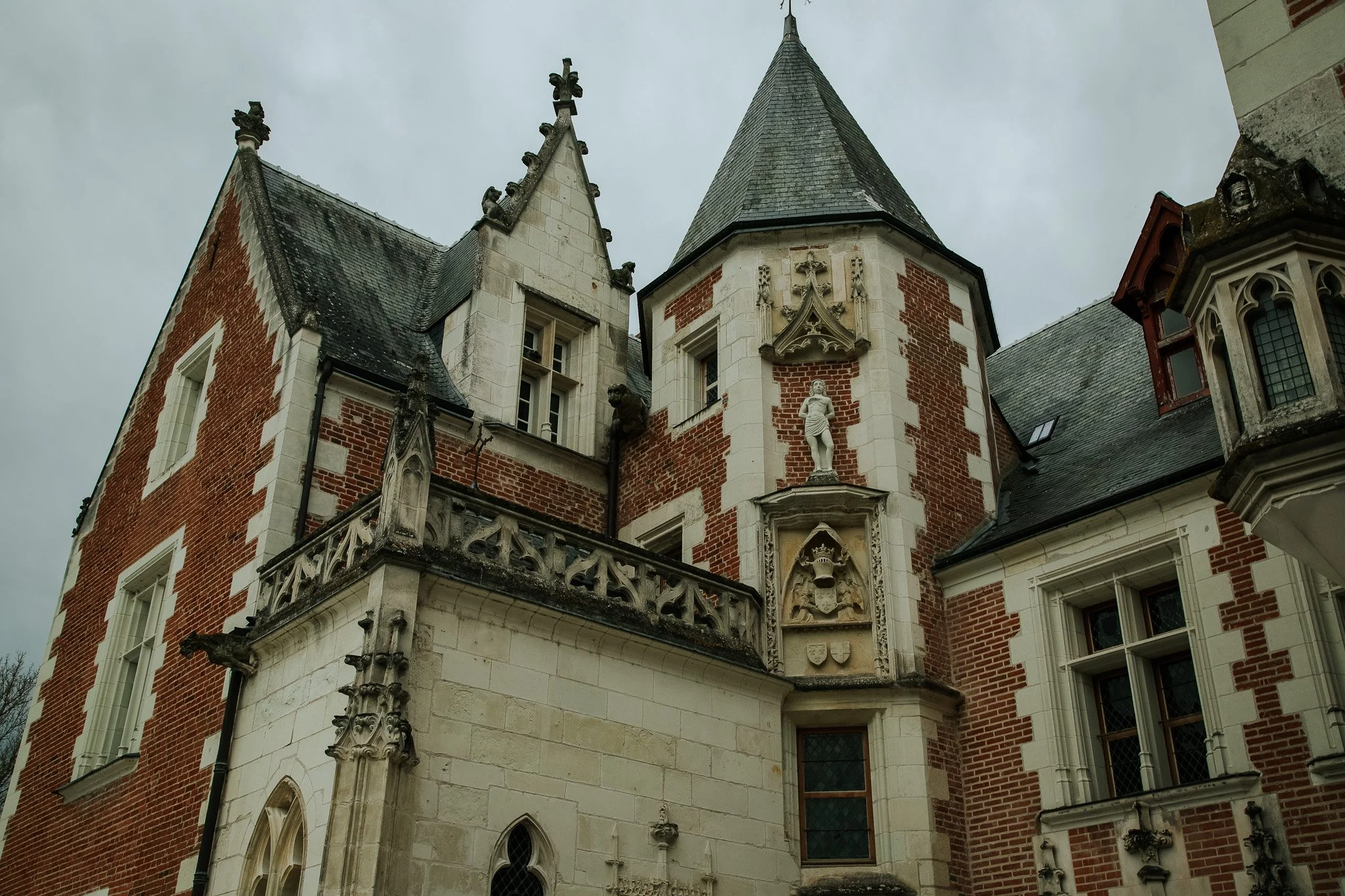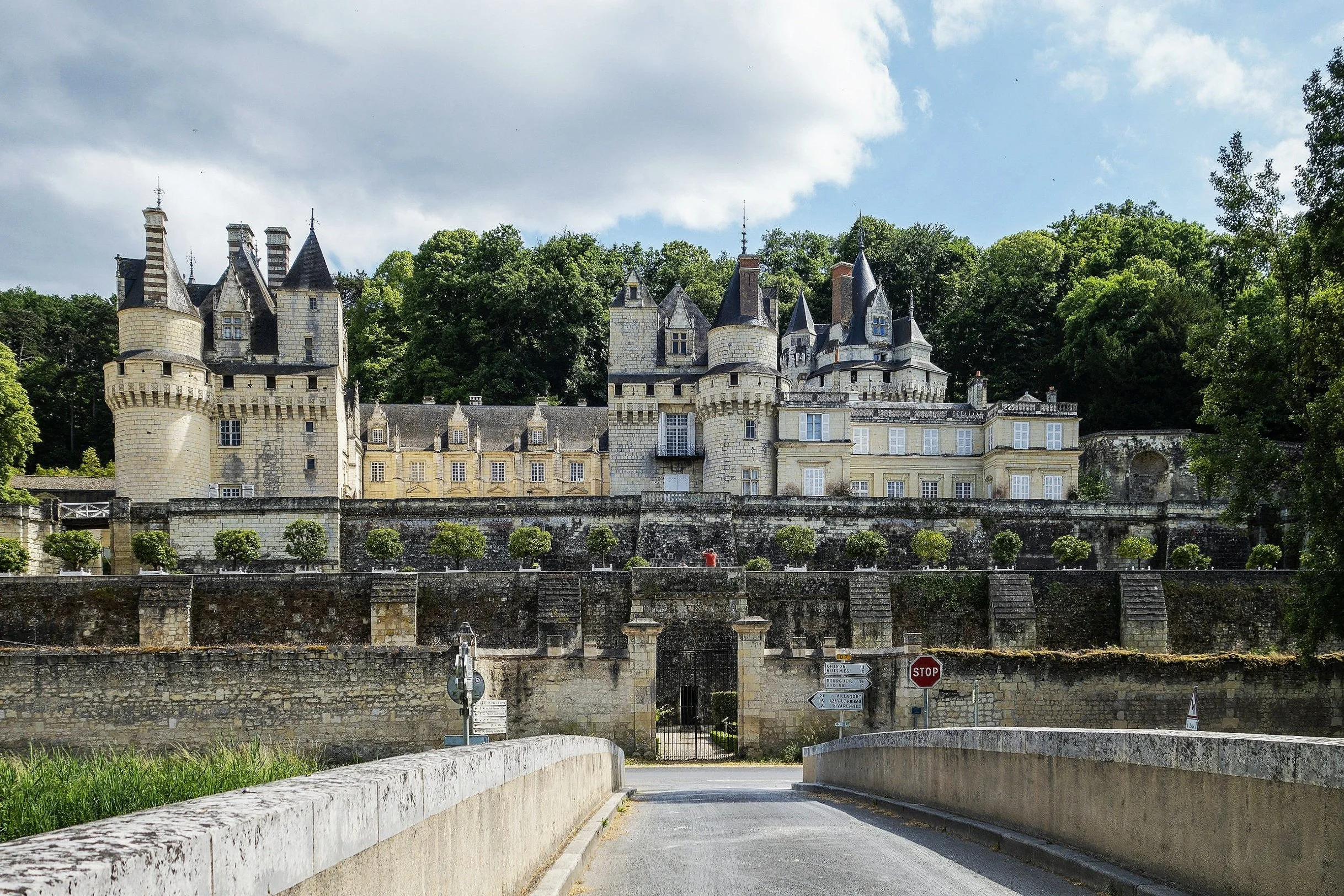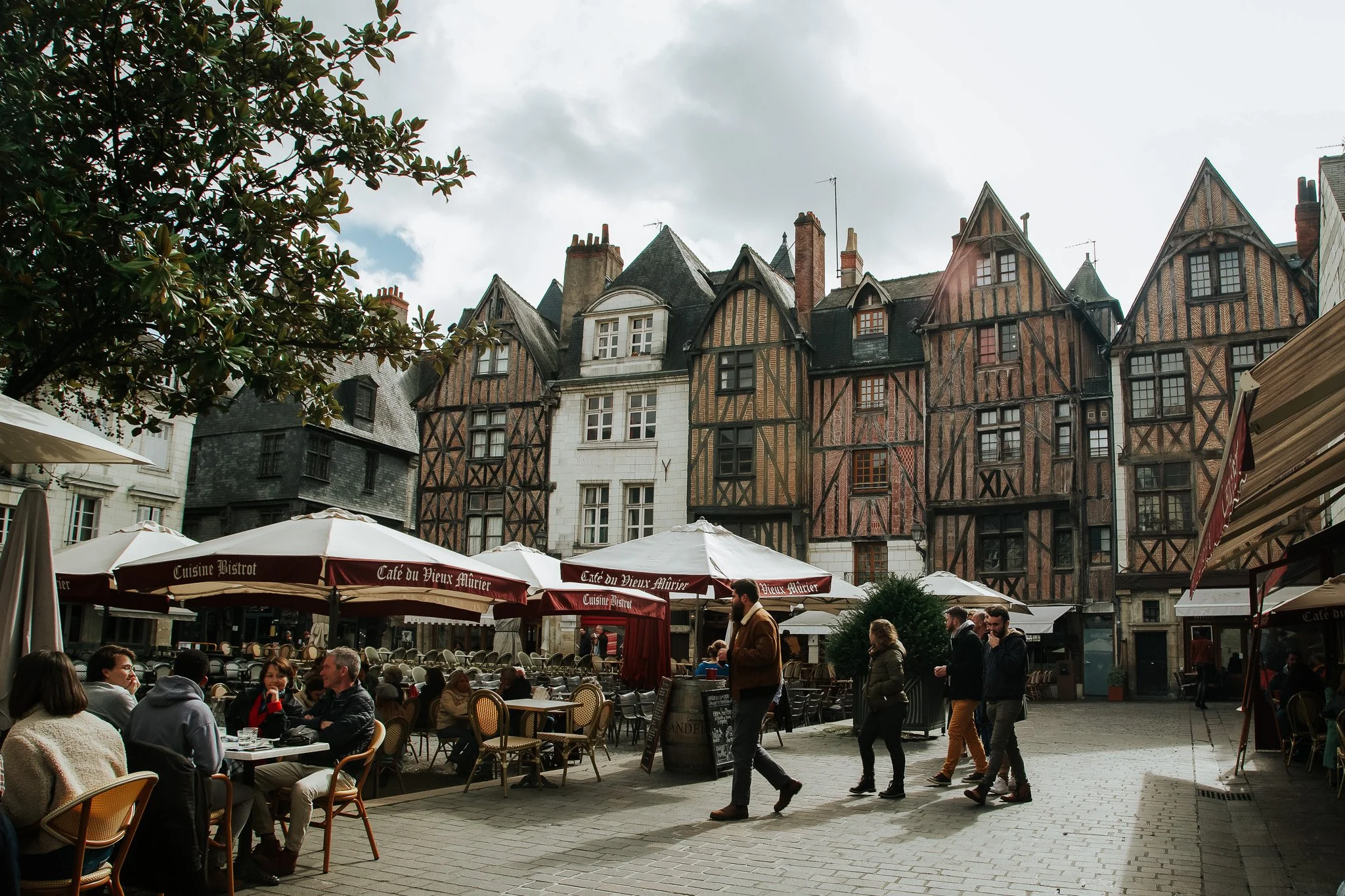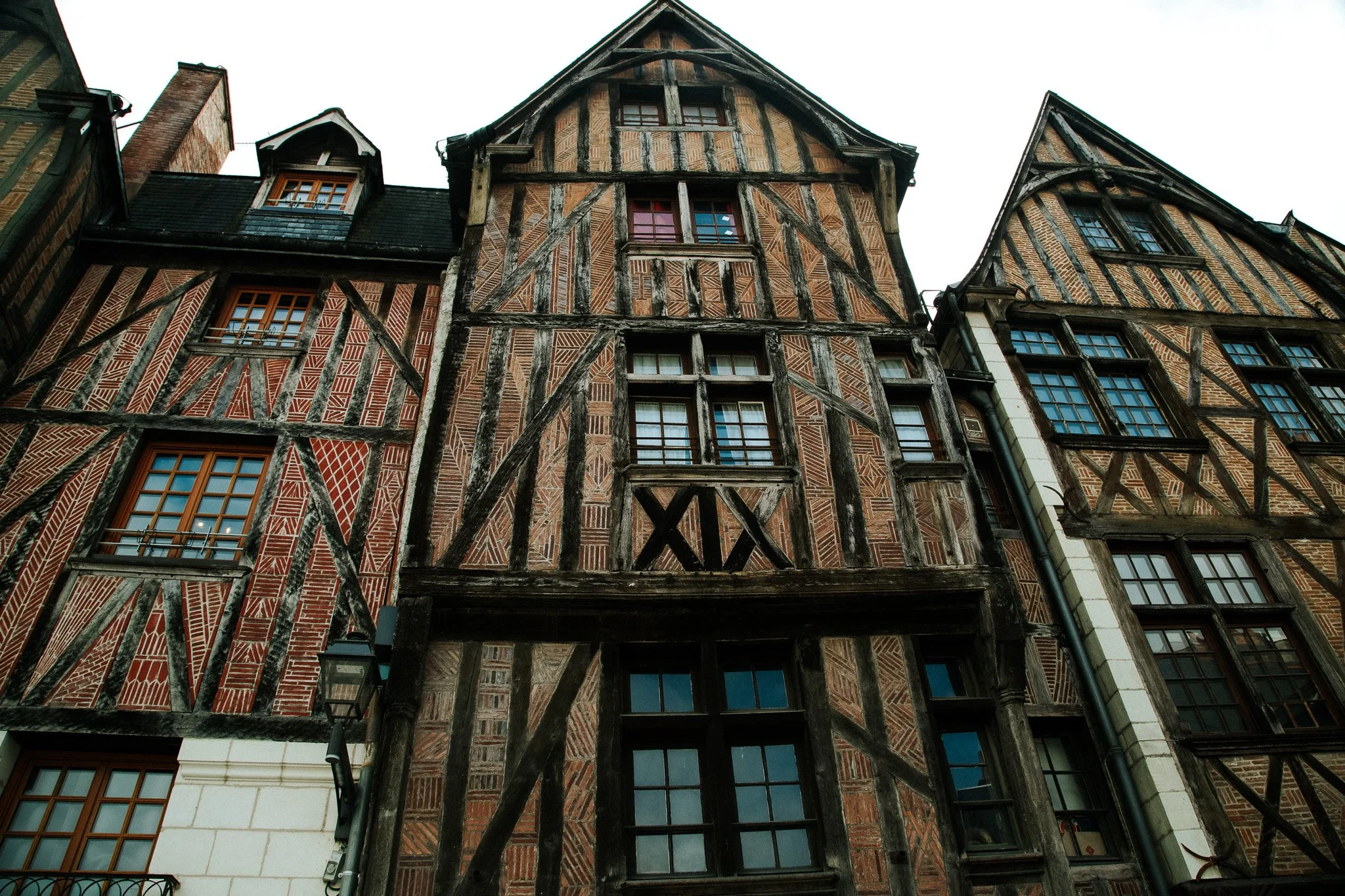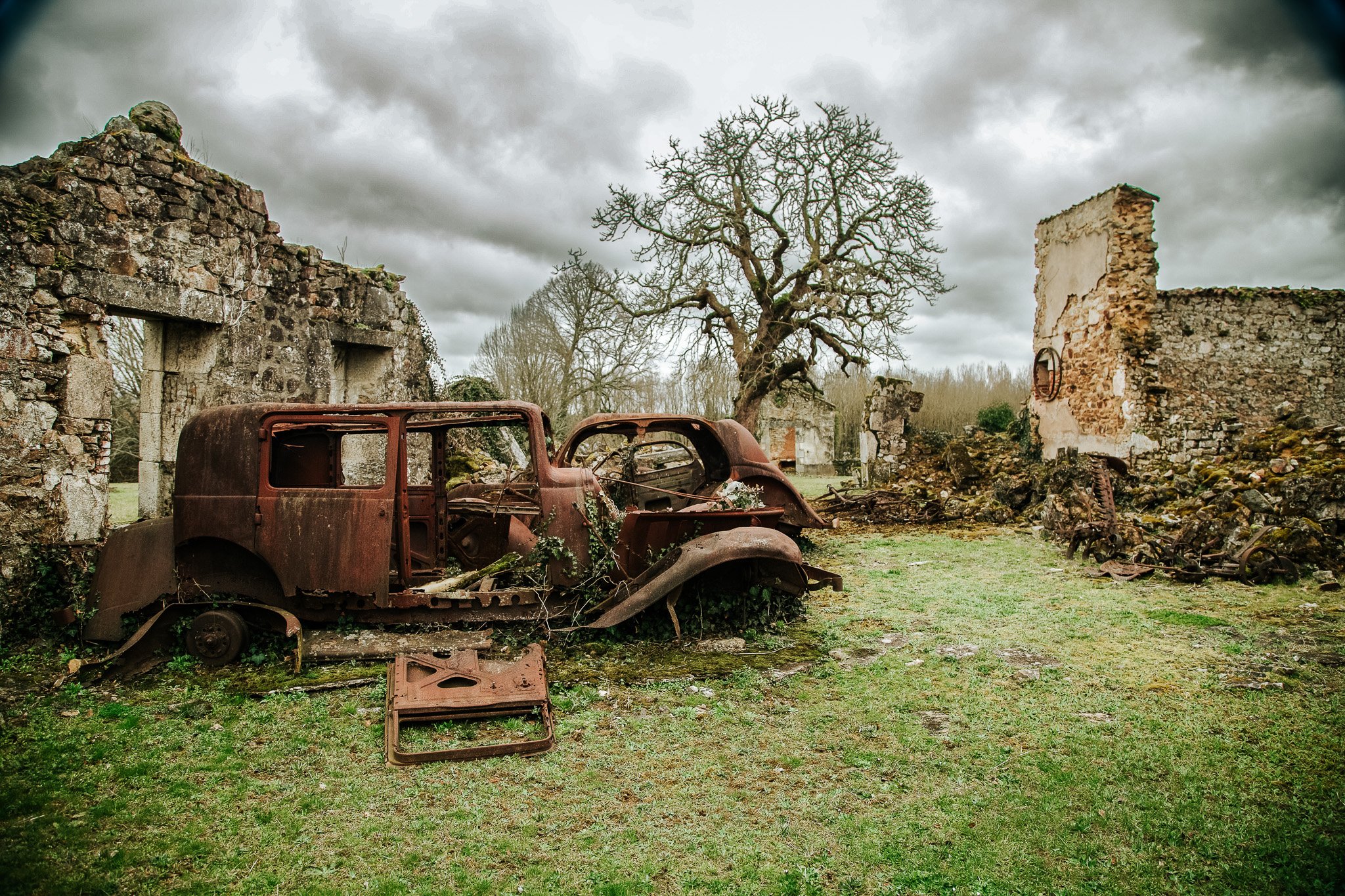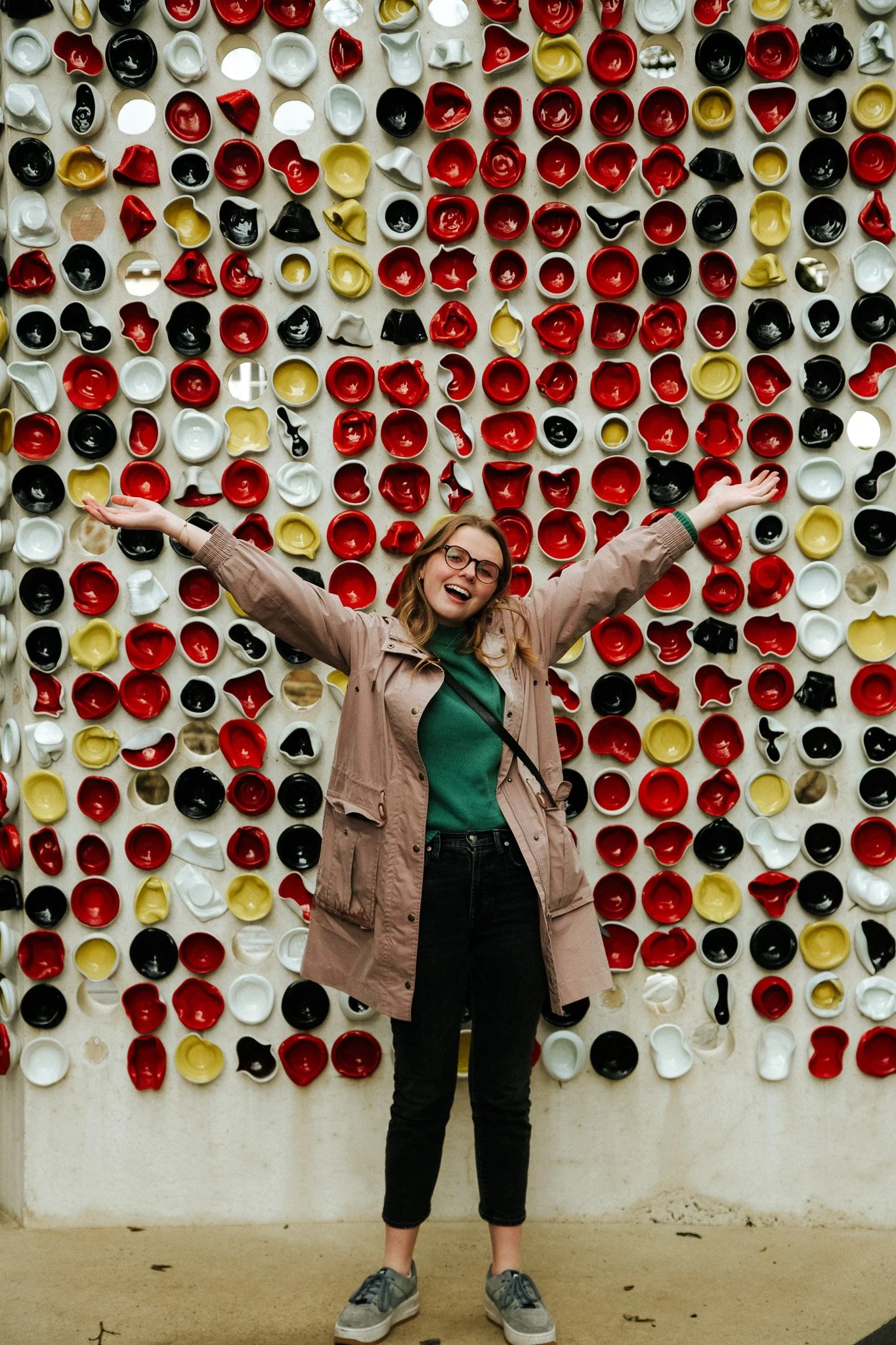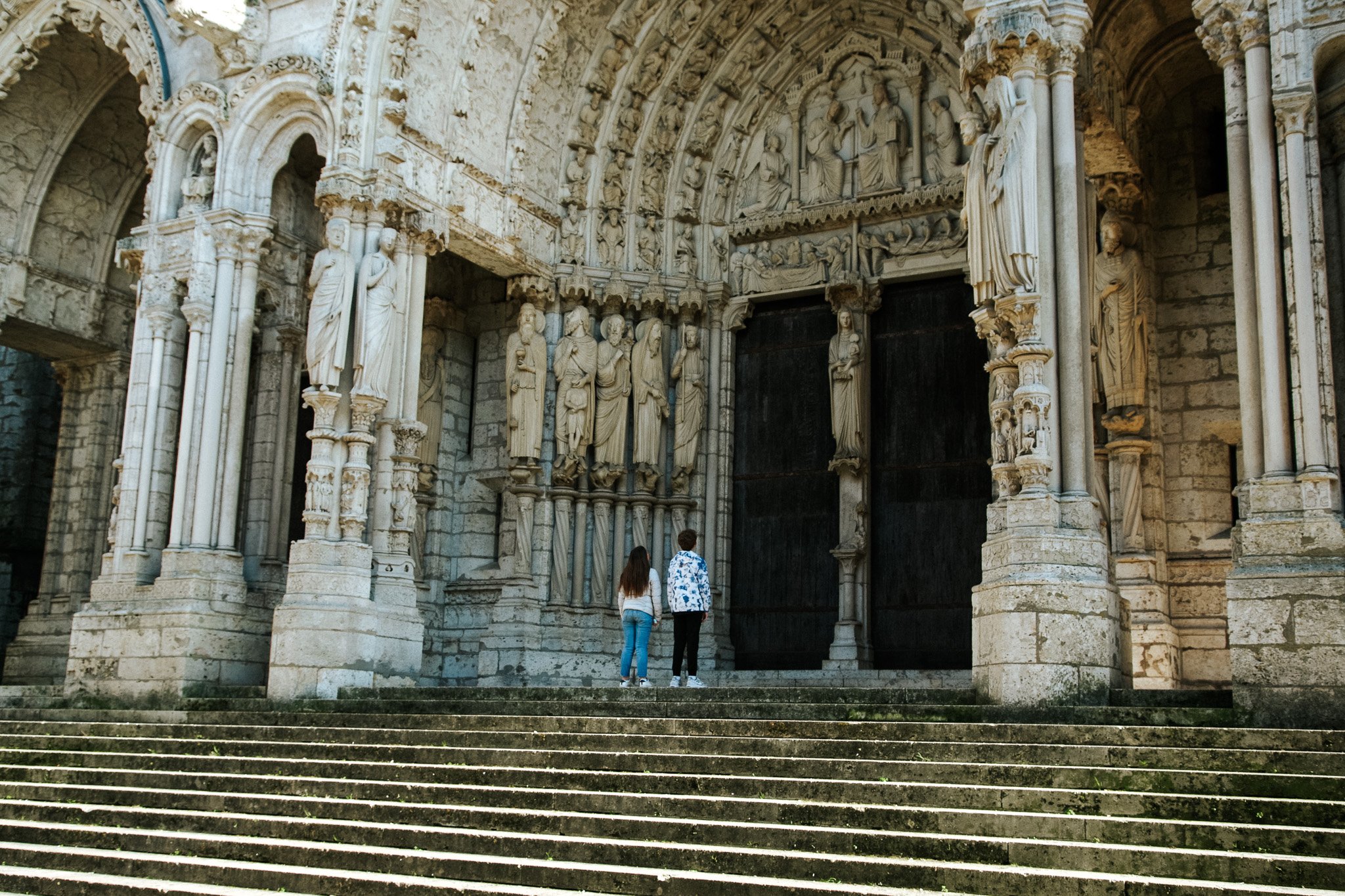
on the spot
central france for children
Central France, encompassing the picturesque regions of the Loire Valley and Dordogne, is steeped in history and rich cultural heritage. The Loire Valley, often called the “Garden of France,” is famous for its stunning châteaux, such as Château de Chambord and Château de Chenonceau, which were built during the Renaissance as symbols of power and elegance. This region also played a crucial role during the Hundred Years’ War, serving as a battleground for control between France and England. Meanwhile, the Dordogne is known for its prehistoric caves, including the Lascaux Caves, where ancient humans painted vivid scenes of animals over 17,000 years ago. In addition to its prehistoric significance, Dordogne became a key player during the Middle Ages, marked by the rise of fortified towns and castles, as it was a territory of conflict between the French and English. The two regions have witnessed the passage of time through wars, artistic achievements, and culinary delights, making Central France a captivating destination filled with stories from the past.
chartres
Loire valley
limoges
Lascaux
.
Dordogne
Oradour-sur-glane
périgueux
tours
Quick resources to view in chartres
Chartres Cathedral: A Magical Church Full of Stories
Chartres Cathedral is a big, beautiful church in the town of Chartres, France. It’s so special that people from all over the world come to see it! The church was built a long time ago, starting in the year 1194, and it only took 26 years to finish—which is very fast for such a huge building.
One of the most amazing things inside are the stained glass windows. These colorful windows tell stories from the Bible and shine like jewels when the sunlight comes through. Another fun feature is the labyrinth on the floor. Long ago, pilgrims walked through it slowly to think and pray—it’s like a giant maze, but you can’t get lost!
Look up, and you’ll see something curious: the cathedral has two towers, but they don’t match! One is tall and pointy, built in the Gothic style, and the other is shorter and rounder, built in an older Romanesque style. That’s because they were built at different times, and styles changed over the years—kind of like how clothes go in and out of fashion!
Over the centuries, Chartres Cathedral has been through a lot. During the Hundred Years’ War, it gave people hope. And in World War II, brave townspeople and church leaders worked hard to protect it by hiding treasures and tricking the enemy into thinking it wasn’t important.
Today, Chartres Cathedral is still standing strong. It’s not just a church—it’s a symbol of courage, creativity, and faith that has lasted for more than 800 years!
Travel for Kids Article: Chartres
.
What is Gothic Architecture? 5:23
Cathedrals and Universities 12:29
How was it Made? Stained Glass 3:54
quick resources to view at the Loire Valley
The Loire Valley: A Land of Castles, Kings, and a Very Famous Artist
The Loire Valley is a magical place in France that’s often called the “Garden of France” because it's full of beautiful flowers, green vineyards, and some of the most amazing castles you’ve ever seen! These castles are called “châteaux” (say: shah-toes), and many of them look like they popped right out of a fairy tale. One, called Château de Chambord, is huge and full of towers and secret staircases. Another, Château de Chenonceau, stretches across a river like a bridge you might see in a storybook.
A long time ago, during the Middle Ages, these castles were built to protect people from enemies. But later, when there were fewer battles, the castles became fancy homes for kings and queens and noble families who wanted to show off how rich and powerful they were!
The Loire River runs through the valley and was very important in history. It helped people trade goods, travel, and even win wars! During the Hundred Years’ War between France and England, whoever controlled the river had the upper hand.
One of the most exciting stories from the Loire Valley is about the brilliant artist and inventor Leonardo da Vinci! In 1516, he rode all the way from Italy to France on a donkey (yes, a donkey!) and brought something very special with him: the Mona Lisa! He wasn’t finished painting her yet, but he kept working on it in France. King Francis I loved Leonardo’s work so much that he invited him to live in the Château du Clos Lucé, just a short walk from the royal castle. Leonardo spent his last years there dreaming up flying machines, secret inventions, and beautiful art.
Today, people visit the Loire Valley to see the castles, walk through the gardens, and imagine what life was like when kings and artists ruled the land. It’s a place full of magic, mystery, and adventure—just waiting to be explored!
Castles in France - Article
.
Chambord: A Masterpiece 3:30
Leonardo D’Vinci for Kids 6:18
Sleeping Beauty 5:56
quick resources to view at tours
Welcome to Tours, a fascinating city in France that feels like stepping back into the medieval world. Tours was first founded during the time of the Roman Empire, but it became especially important during the Middle Ages as a center of learning and culture. One of its most amazing landmarks is the Saint-Gatien Cathedral, a giant church with colorful stained glass windows that took over 300 years to build.
In the 9th century, Tours became famous for the Abbey of Saint Martin, where hardworking monks carefully copied old books by hand to keep important knowledge safe and alive. During the Hundred Years’ War between France and England, Tours was a key location because it sits along the Loire River, which made it perfect for moving soldiers and supplies. Many knights and nobles passed through the city, bringing with them exciting stories of battles and bravery.
Today, you can walk along the same narrow streets those knights once did. The city still has beautiful half-timbered houses and fun markets, like Place Plumereau, where people gather to shop and enjoy local treats. With its mix of old legends and living history, Tours is a city full of wonder and adventure for curious explorers of all ages.
City Life in the Middle Ages 6:37
.
Townhouses in the Middle Ages 3:27
quick resources to view at Oradour-Sur-Glane
Disturbing content: consider children’s maturity level when viewing
Oradour-sur-Glane is a small village in France with a very powerful and sad story. During World War II, on June 10, 1944, something terrible happened. Soldiers from the Nazi army came to the village and destroyed it in just a few hours. Many of the people who lived there were taken away or hurt, and most of them never came back. It was a very dark day in history.
After the war ended, the French government decided not to rebuild the village. Instead, they left it just as it was, with the broken houses, burned-out cars, and quiet streets, so that people would never forget what happened there. Today, visitors can walk through Oradour-sur-Glane and see the old school, the church, and the marketplace, just as they looked on that tragic day.
Even though it’s a sad place, it’s also an important one. It helps teach us why peace, kindness, and remembering the past are so important. Oradour-sur-Glane is a place of reflection, showing the strength of people who lived through hard times and reminding us to work for a world where such things never happen again.
World War II History for Kids 9:15
.
French Resistance 4:15
Free and Vichy France 9:59
Oradur-sur-Glane Massacre 3:34
quick resources to view at Limoges
.
Limoges is a city in France full of amazing stories and cool traditions! It’s best known as the “City of Porcelain” because, starting in the 1700s, people in Limoges began making some of the most beautiful and delicate porcelain in the world. This all began when a special white clay called kaolin was discovered nearby—perfect for crafting fine china. Talented artists learned how to shape and paint porcelain into fancy cups, plates, and decorations that were so beautiful, even kings and queens wanted them. Imagine holding a teacup that’s so thin and shiny, it looks like it belongs in a fairy tale!
But Limoges isn’t just about pretty porcelain—it also has a brave past. During World War II, the people of Limoges helped in the French Resistance, a secret group that worked to stop the Nazi army. These everyday heroes used hidden tunnels and secret codes to share messages and protect people. It was dangerous work, but they were smart and courageous, helping to keep hope alive during hard times.
There’s also a fun and tasty side to Limoges! Take a walk down Rue de la Boucherie, or Butcher Street, and you’ll feel like you’ve traveled back to medieval times. This street has been home to skilled butchers for hundreds of years. Today, you can still visit cozy old shops where the smell of sausages, smoked meats, and traditional dishes fills the air. It’s a place where history, flavor, and community come together.
From beautiful porcelain and secret heroes to delicious food and colorful streets, Limoges is a city full of surprises that makes learning about history fun and exciting!
Let’s Learn About Making Ceramics 3:22
.
The French Resistance 4:15
quick resources to view at Périgueux
The Saint-Front Cathedral in Périgueux is not just a beautiful old building—it’s a place full of exciting history, mystery, and even hidden secrets. It was built way back in the 1100s, and its design is very special. Instead of looking like many other cathedrals in France, it was inspired by a famous church in Venice, Italy. The people who built it wanted it to be a grand and impressive stop for pilgrims traveling the Way of Saint James, a route that leads to Santiago de Compostela in Spain. Its large white domes are so eye-catching that they later inspired the design of the Sacré-Cœur Basilica in Paris. The cathedral has seen some very hard times. During the Hundred Years’ War, when English soldiers took over parts of France, the cathedral had to be protected like a fortress. Some people say that underneath the cathedral there are secret tunnels that were once used by monks and villagers to move around safely. These hidden passageways may have helped them carry special treasures or even escape during dangerous times. Later, in the 1500s during the Wars of Religion, the cathedral was attacked again. Some statues were destroyed, but it is believed that the priests hid important objects underground to keep them safe. Even today, people in Périgueux talk about those tunnels. Some say they connect to other parts of the city. Others wonder if valuable relics and treasures are still hidden beneath the cathedral, waiting to be discovered. Visiting Saint-Front Cathedral is like stepping into a story filled with faith, bravery, and ancient secrets.
.
The Rise and Fall of the Byzantine Empire 5:20
How Strong are Domes? 4:13
Pilgrimage 5:38
quick resources to view at the lascaux caves
Deep in the hills of southwestern France is one of the most amazing discoveries ever made—the Lascaux Caves, a hidden cave full of ancient paintings that are more than 17,000 years old. In 1940, four teenage boys and their dog, named Robot, were exploring the woods when they accidentally found the entrance to the caves. What they saw inside was incredible—giant paintings of animals like bison, horses, and even woolly rhinoceroses, drawn in bright reds, blacks, and yellows. These pictures were made by early humans using natural colors from the earth.
No one knows for sure why these people created the paintings. Maybe they were telling stories, hoping for good hunting, or marking something important. Some of the pictures are painted so high up on the walls and ceilings that experts think the artists must have built wooden platforms to reach them.
The caves stayed hidden for thousands of years, which helped keep the paintings safe. But when lots of people started visiting, their breath and body heat began to damage the art. To protect it, scientists had to close the original cave. Now, you can visit Lascaux IV, a perfect copy of the cave, where every detail has been carefully recreated. It’s like stepping into a time machine and seeing what life was like for the very first artists—people who didn’t have paper or paintbrushes, but still found a way to create something beautiful that has lasted for thousands and thousands of years.
TedEd: Explore Cave Paintings 3:00
.
NatGeo Kids: Cave Art Researcher 2:35
Lascaux Caves 2:06
Prehistory: Five Things You Should Know 4:54
Prehistoric Art for Kids - Cave Art 6:40
quick resources to view at the dordogne region
The Dordogne region of France feels like stepping into a real-life medieval story, full of knights, kings, and exciting battles from long ago. During the Middle Ages, it was an important place during the Hundred Years’ War, a long fight between France and England. All across the land, you’ll find big stone castles like Château de Beynac and Château de Castelnaud, which still stand tall after hundreds of years. Château de Beynac was home to the powerful Beynac family and has strong walls and towers that protected them during many battles. Château de Castelnaud belonged to a famous military leader named Bertrand de Goth, who was known for being a clever and brave commander. When you visit these castles, you can imagine knights in shining armor and hear the sounds of swords clashing as you walk through old rooms and climb the towers high above the river.
The Dordogne is also full of medieval towns, like Sarlat-la-Canéda, where you can explore narrow streets and see buildings that were built over 600 years ago. There's even a big market where people still sell food, crafts, and treats just like they did in the past. For even more adventure, you can go canoeing down the Dordogne River, floating past cliffs and castles, or explore mysterious caves where legends say treasures and secret tunnels are hidden. In the village of Domme, high up on a cliff, you can look out over the valley and learn about the Knights Templar who once guarded the land. With its castles, caves, rivers, and amazing history, the Dordogne is a magical place where you can feel like a knight or explorer discovering the past.
Life in a Medieval Village 8:06
Castles for Kids 7:24
Art in the Middle Ages 5:08
Knights of Medieval Europe 4:44














